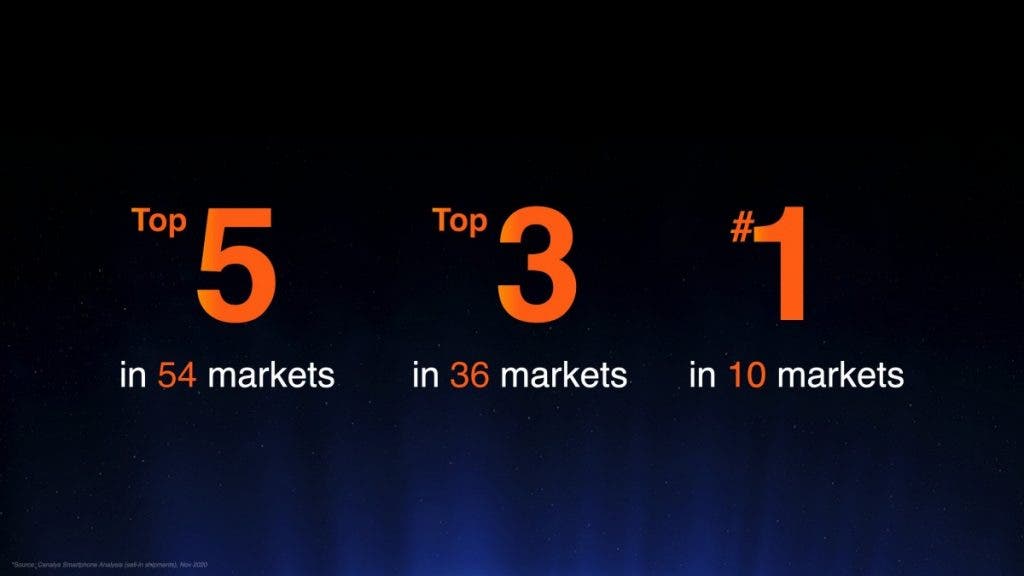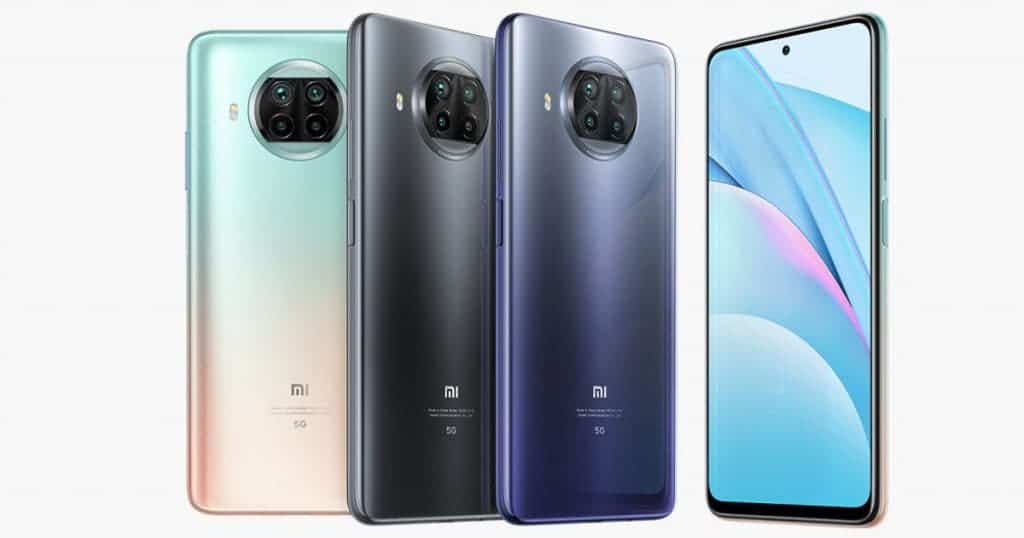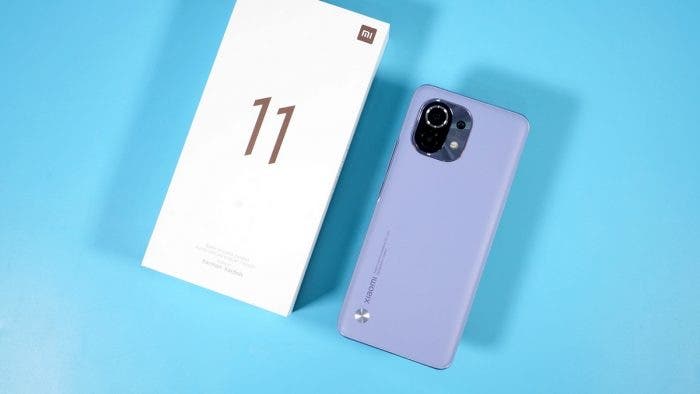Xiaomi this week unveiled the global version of its flagship smartphone Xiaomi Mi 11, while simultaneously launching a massive advertising campaign around the world.
It is known that the facade of the tallest building in the world, the Burj Khalifa in Dubai, is equipped with LED screens, which are used for displaying advertisements, counting down the time before the coming holidays, and other purposes.
Xiaomi has placed an advertisement for Xiaomi Mi 11 on the facade of this building, which looks really impressive. In addition, large advertising panels of the smartphone have been installed in London and Bangkok.
Xiaomi Mi 11 received a Qualcomm Snapdragon 888 SoC, a main camera with a resolution of 108 megapixels, an excellent AMOLED display with a diagonal of 6.81 inches at a resolution of 2K (3200 x 1440 pixels). The display supports a 120 Hz refresh rate and 480 Hz touch layer sampling rate. Xiaomi Mi 11 got fast LPDDR 5 RAM and UFS 3.1 flash memory. The phone supports 55W wired and 50W wireless charging, as well as 10W reverse wireless charging. The battery capacity is 4600 mAh. It is also equipped with quality Harman / Kardon stereo speakers.
Xiaomi is the third smartphone brand globally, Redmi Note series crosses 200 Million shipments milestone
Xiaomi was the first company to unleash a flagship with Qualcomm’s Snapdragon 888 chipset. The brand revealed the Mi 11 in December alongside MIUI 12.5. Recently, the company has officially announced the new flagship for global markets, alongside the respective version of MIUI made for the global audience. Besides the new software skin and flagship, the company used the opportunity to reveal details about its progress. Despite the ongoing pandemic that ravaged the market last year, the brand managed to become the third-largest smartphone brand in the world. Redmi brand also broke some records last year.

According to the brand’s report, it is the first smartphone brand in ten markets, which includes India as one of the most notable ones. Moreover, it achieved at least the third position in 36 markets. The Chinese giant also is the fastest-growing brand in the high-end segment with an impressive 3,639% growth year on year in Q3 2020. This includes devices that cost more than $500.
Xiaomi invested in the R&D department and improved its manufacturing process
Between the last quarter of 2019 and Q3 2020, Xiaomi invested over $1.3 billion in the R&D department. As a result, 2,143 camera tests that used to take 3 to 4 days have been fully automated. Nowadays, the brand is capable of testing its cameras in just one day. The brand also improved its cameras and software. The Xiaomi Mi 10 Pro, for instance, kept the first place at the DxOMark camera ranking for 48 days. The Mi 10 Ultra was on top for nearly two and a half months. The Mi 11 also performed well in the camera benchmark website. The audio lab also is doing equally successfully. The Mi 10 Pro was the best phone in the DxO Audio tests for most of 2020. The brand also has more labs for the development of 5G, displays and one that improves the phone’s overall stability.

Besides the Mi branded phones that are doing quite well in the high-end segment, the company’s Redmi branch is also bringing a lot of money. So far, the Redmi Note series has shipped more than 200 million units around the world. For comparison, that number was just 140 million in November of last year and 100 million in October 2019. We expect these numbers to reach a new higher spot in 2020 with the arrival of the Redmi Note 10 series. Just like the Chinese Redmi Note 9 series, we expect Redmi to bring at least two 5G smartphones in the Redmi Note 10 series.
Worth noting, that Xiaomi growth also comes in light of Huawei’s demise. However, we have to credit the former for knowing how to take the best of an opportunity.





